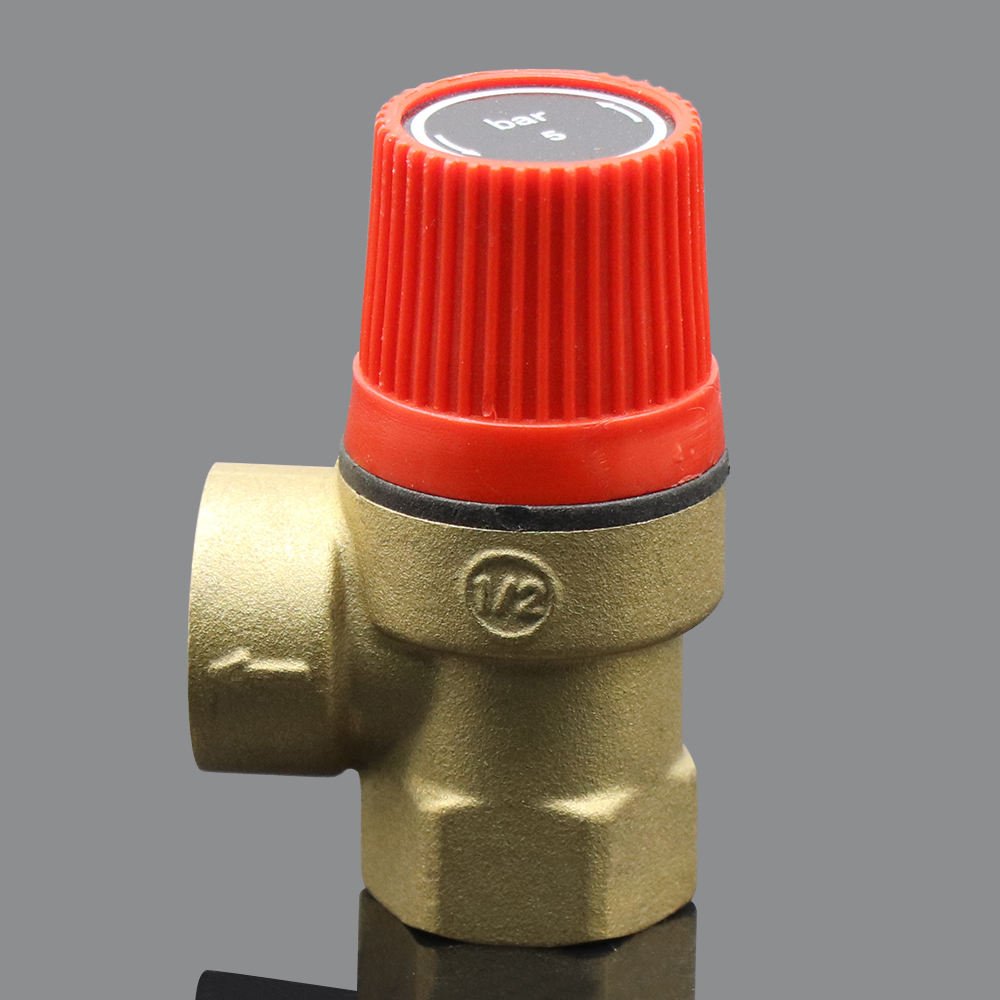Boilers are critical, but overpressure can spell disaster—think explosions or costly downtime. Ignoring safety valve setups risks safety and compliance, leaving your project vulnerable. The solution? Understanding why two safety valves are standard ensures your boiler runs safely and efficiently. Read on to learn how this setup protects your system and why it matters.
Two safety valves are installed on a boiler to ensure redundancy and safety. If one valve fails, the second acts as a backup, preventing dangerous overpressure. Regulations often mandate this dual setup for reliable pressure relief, safeguarding equipment and personnel.
This: Curious about how safety valves work and why they’re crucial? Dive into the details below to make informed choices for your boiler system.

What Type of Valve Is a Safety Valve?
A safety valve is a critical component designed to release excess pressure from a boiler or other pressure vessel to prevent dangerous overpressure situations. Unlike a pressure reducing valve, which controls and maintains a steady output pressure, a safety valve is a type of pressure relief valve that opens automatically when pressure exceeds a set limit. This makes it distinct from a pressure reducing valve, which actively regulates flow to reduce pressure downstream, as seen in systems requiring consistent water or gas pressure.
Safety valves are typically spring-loaded, allowing them to open rapidly when the boiler’s internal pressure surpasses the valve’s setpoint. Their design ensures quick response to overpressure, protecting both equipment and personnel. For instance, in a pressure relief valve diagram, you’ll see the valve’s poppet and spring mechanism, which differ from the diaphragm or piston used in a pressure reducing valve. Understanding the difference between pressure relief valve and pressure reducing valve is key—while both manage pressure, safety valves prioritize emergency relief, not ongoing regulation.
In industries like plumbing and heating, safety valves are non-negotiable for boilers, as they prevent catastrophic failures. At IVALVECRAFT, our brass safety valves are crafted for durability and precision, meeting stringent export standards for markets like Russia, Poland, and the UK. Whether you’re a purchasing officer or a wholesaler, choosing the right valve type ensures your system’s safety and longevity.
What Is the Regulation for Boiler Safety Valve Setting?
Boiler safety valve settings are governed by strict regulations to ensure safe operation, and these rules vary by country but share common principles. In many regions, including the EU and UK, standards like the Pressure Equipment Directive (PED) or ASME Boiler and Pressure Vessel Code mandate that boilers have at least two safety valves. This dual setup ensures redundancy—if one valve fails, the other can still relieve excess pressure, preventing accidents. The pressure relief valve and pressure reducing valve symbol in technical drawings often helps engineers identify these components during inspections.
Regulations typically require safety valves to be set at or below the boiler’s maximum allowable working pressure (MAWP). For example, one valve might be set to open at 90% of the MAWP, while the second activates at 100%, ensuring a staged release. Calibration is critical, and valves must be tested regularly to confirm they open at the correct pressure. In some cases, a pressure relief valve diagram or pressure reducing valve symbol is referenced to ensure compliance with design standards.
For exporters to countries like Germany or Romania, meeting these regulations is non-negotiable. Non-compliance can lead to fines, project delays, or worse—safety risks. At IVALVECRAFT, our safety valves are designed to meet global standards, offering stable performance for construction projects and plumbing wholesalers. Understanding these regulations helps you avoid costly mistakes and keeps your operations safe.
What Is the Principle of Safety Valve in Boiler?
The principle of a safety valve in a boiler is simple yet vital: it automatically releases excess pressure to prevent the boiler from exceeding its safe operating limits. When pressure inside the boiler rises above the valve’s setpoint, the force of the pressure overcomes the spring holding the valve closed, causing it to “pop” open and release steam or gas. This rapid action prevents dangerous overpressure, which could lead to explosions or equipment failure. Unlike a pressure reducing valve working principle, which maintains consistent downstream pressure, a safety valve is a last line of defense.
The valve’s operation relies on a balance between the boiler’s internal pressure and the spring’s tension. A pressure relief valve diagram often illustrates this, showing the spring and disc mechanism. Once pressure drops to a safe level, the valve closes, resuming normal operation. This differs from a hydraulic pressure relief valve and pressure reducing valve, where the former may handle liquid systems and the latter regulates flow continuously.
For industries like construction or plumbing retail, this principle ensures boilers operate safely under high-pressure conditions. IVALVECRAFT’s brass safety valves are engineered for reliability, offering sufficient flow rates and stable performance. By understanding this principle, you can select valves that protect your systems and meet the needs of markets like Poland or the Czech Republic.
Summary
In summary, two safety valves on a boiler provide essential redundancy, ensuring overpressure is managed even if one valve fails. As pressure relief valves, they differ from pressure reducing valves by focusing on emergency relief rather than ongoing regulation. Regulations mandate precise settings, often requiring dual valves to meet standards like PED or ASME. The principle of operation—releasing excess pressure via a spring-loaded mechanism—keeps boilers safe. For wholesalers, construction firms, or DIY chains in Russia, the UK, or Germany, choosing high-quality valves is critical.
Choose IVALVECRAFT, choose reliable partner, enjoy the high quality and best service.


